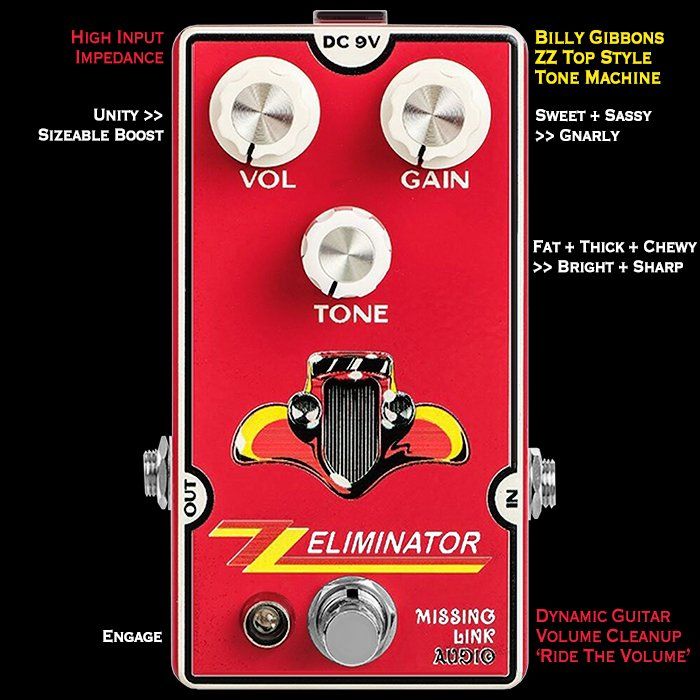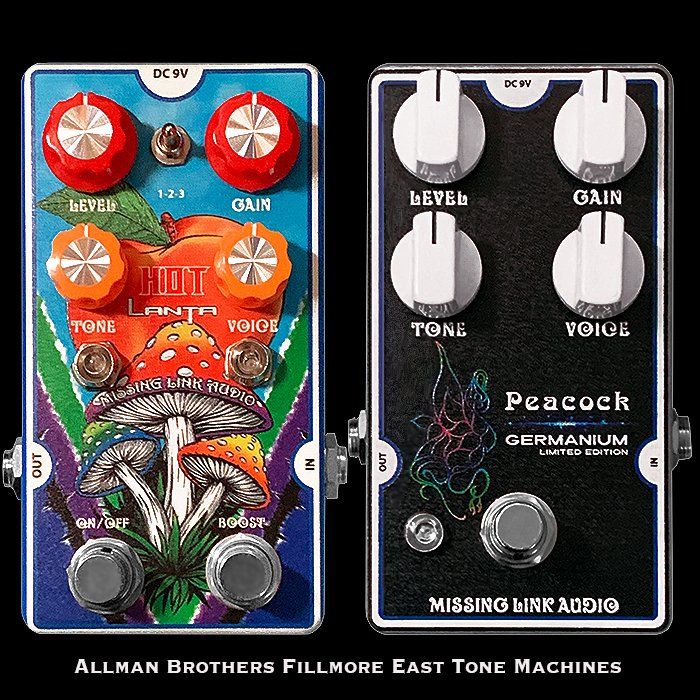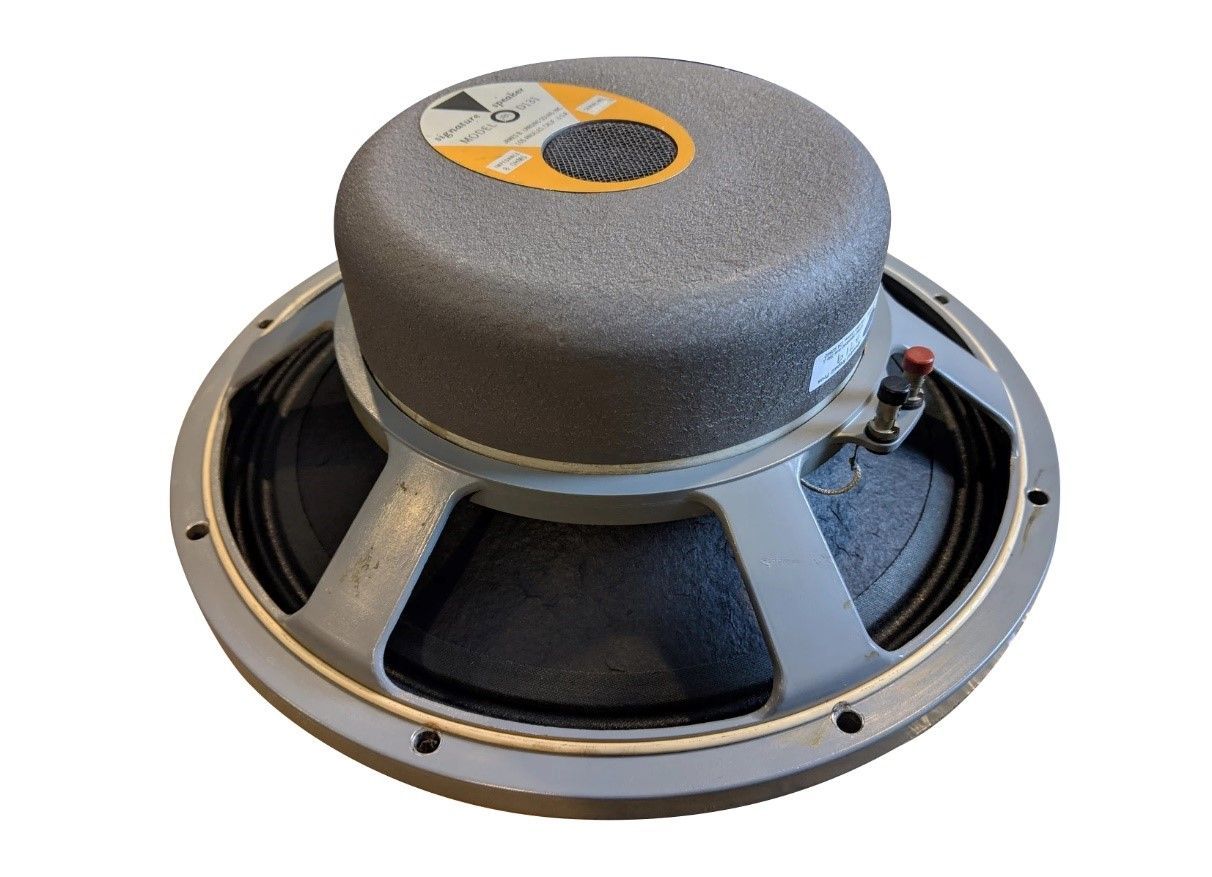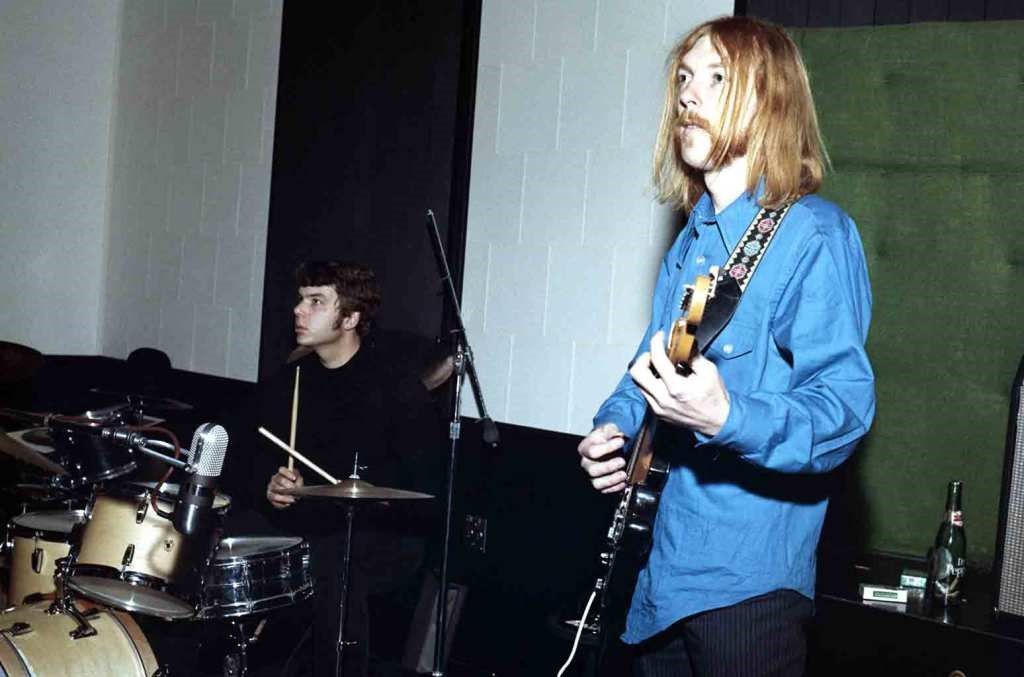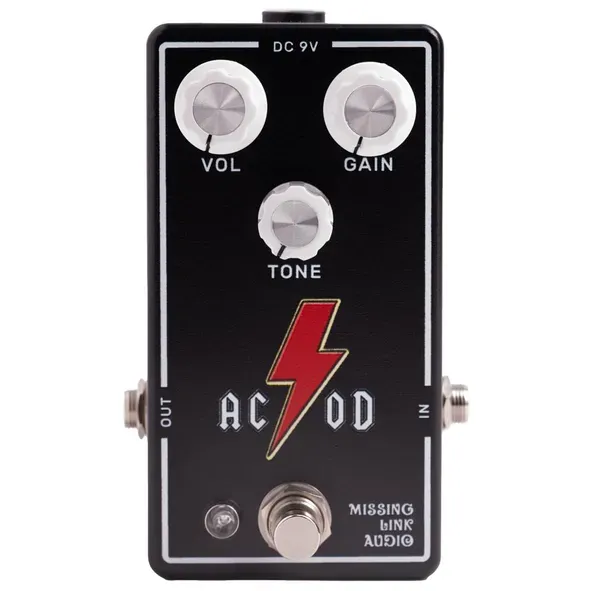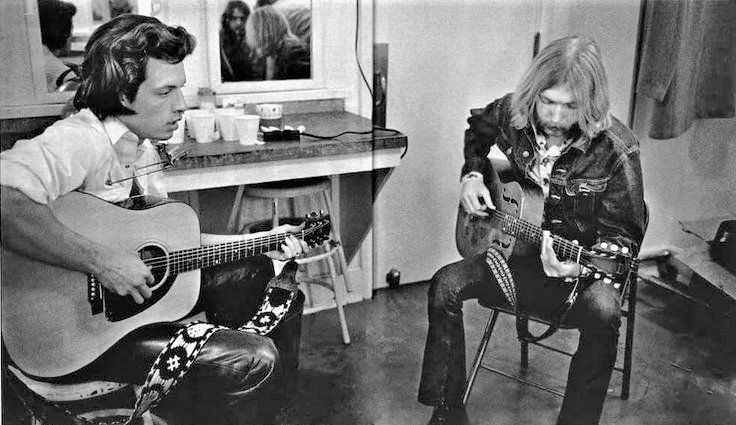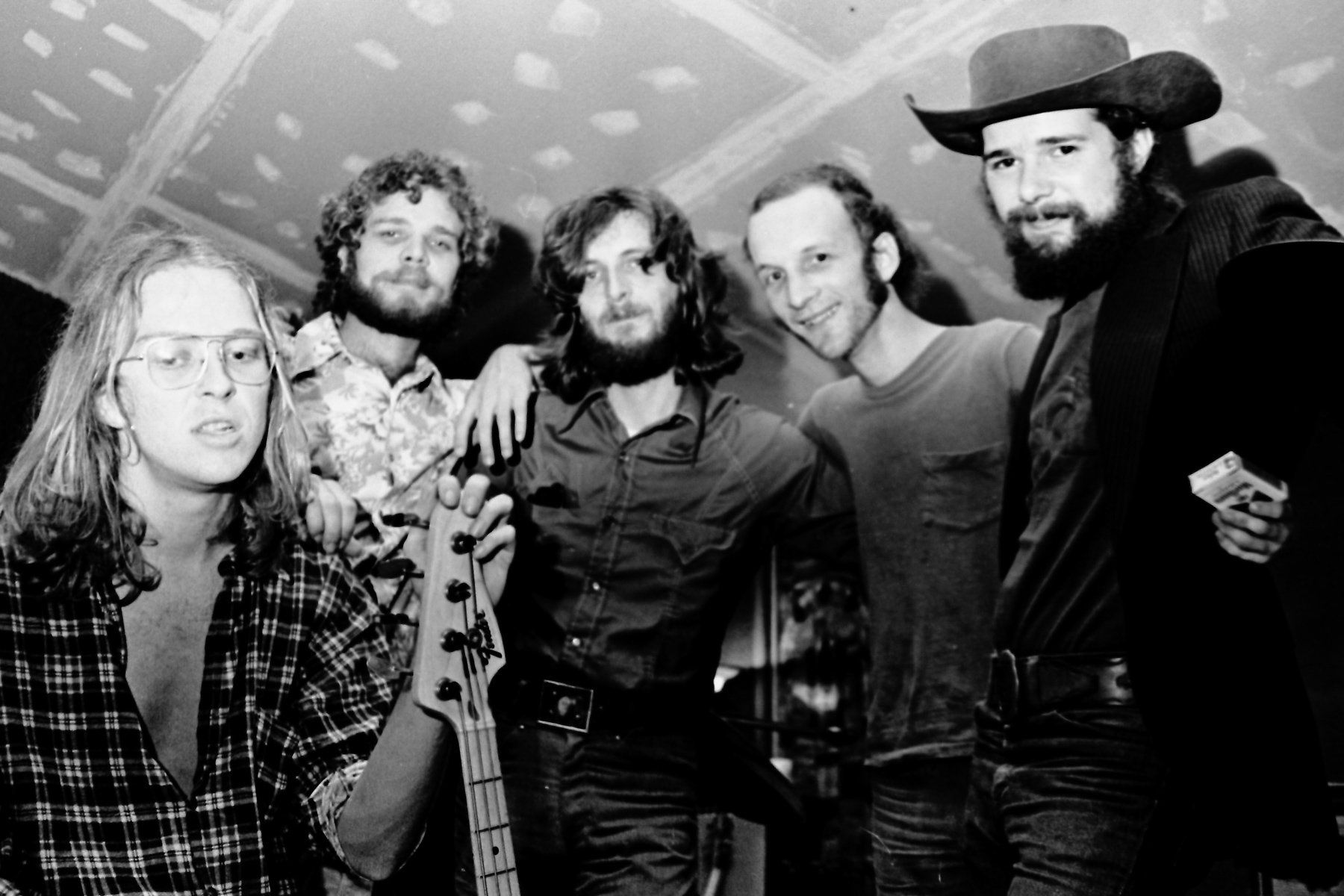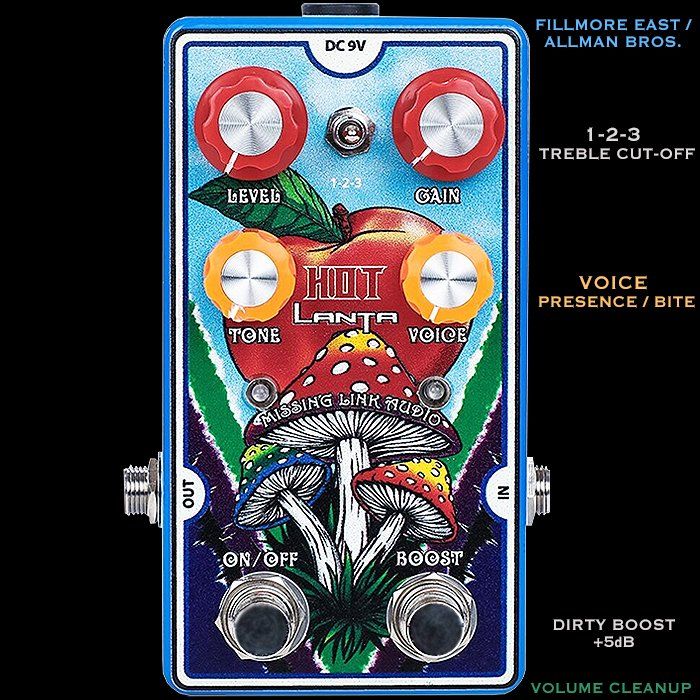Mixing Guitar Speakers: Myths, Tips & Legendary Tone Tricks
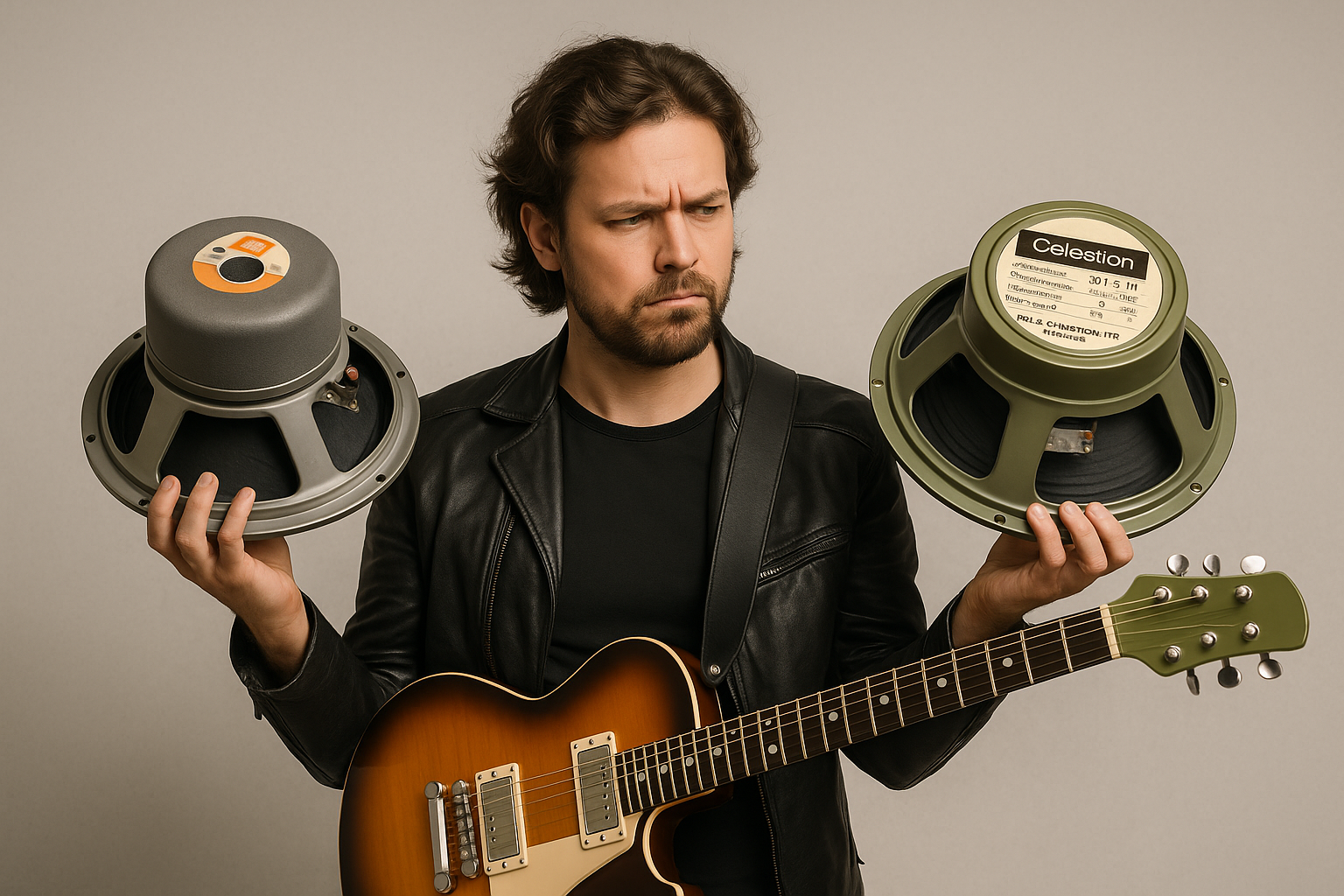
Mixing different guitar speakers might seem like a wild idea at first—but done right, it can completely transform your tone. It’s one of the most common questions we get, and for good reason. Combining speakers with contrasting characteristics opens the door to richer textures, wider frequency coverage, and truly personalized sound.
Whether you're chasing iconic tones or just want to breathe new life into your rig, here's how to approach speaker mixing with clarity—and without falling for the usual myths.
Match Sensitivity, Not Power
The first thing to pay attention to is sensitivity, or SPL rating. You want both speakers to be within about 2 decibels of each other in output, so neither one dominates the overall sound.
Once that's set, forget about wattage. Power ratings are simply thermal limits—they don't tell you how a speaker will sound or break up. In fact, mixing high-wattage and low-wattage speakers can be a great way to cover a wider tonal range. Bigger voice coils usually mean tighter lows and smoother highs, while smaller coils tend to add top-end sparkle and presence.
Breakup Depends on Design
Another common misconception is that lower-wattage speakers always break up earlier. Not necessarily. Breakup behavior is mostly determined by the speaker's design—things like cone stiffness and how the coil interacts with the magnet. If you want some grit without losing clarity, try pairing a speaker that breaks up early with one that stays clean. You’ll get punch and crunch without the mush.
Build from What You Love
Here’s a practical way to approach it: start with a speaker you already like. Then ask, “What’s missing?” More brightness? Tighter low end? Smoother mids? Whatever it is, choose a second speaker that adds that quality.
We’re big fans of JBL D120s and K120s, and we’ve had amazing results combining them with Celestion Greenbacks and Creambacks. Some of the best tones we’ve ever dialed in came from these combinations.
For example, while we’re big fans of JBL D120s and K120s here, we’ve also combined them with Celestion Greenbacks and Creambacks—and gotten some of the best tones on the planet. That idea came from a former roadie who told us he once saw Duane Allman using D120Fs in the top cabs and what he believed were Celestions in the bottom. And let’s be honest—we all know how great Duane sounded!
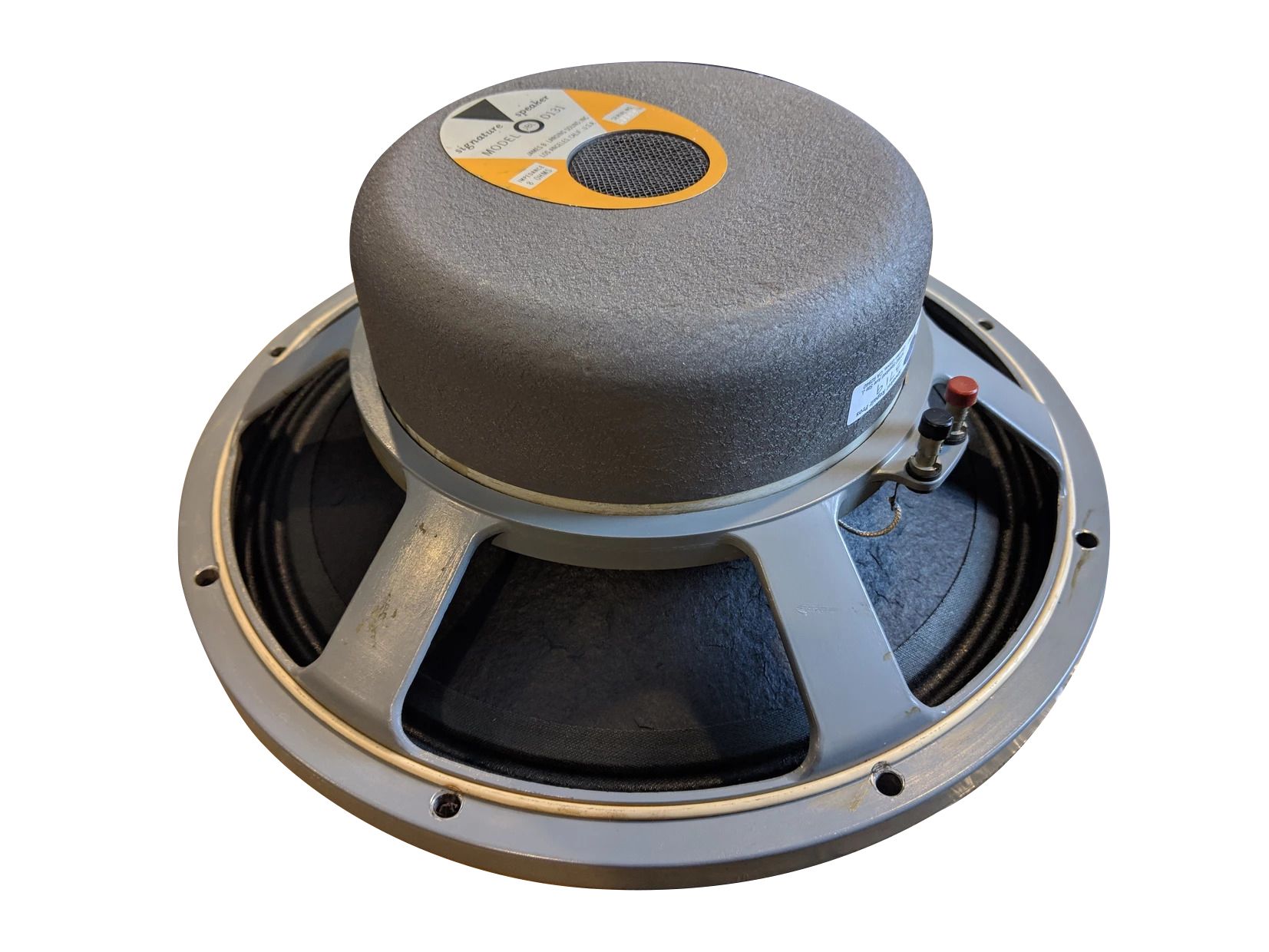
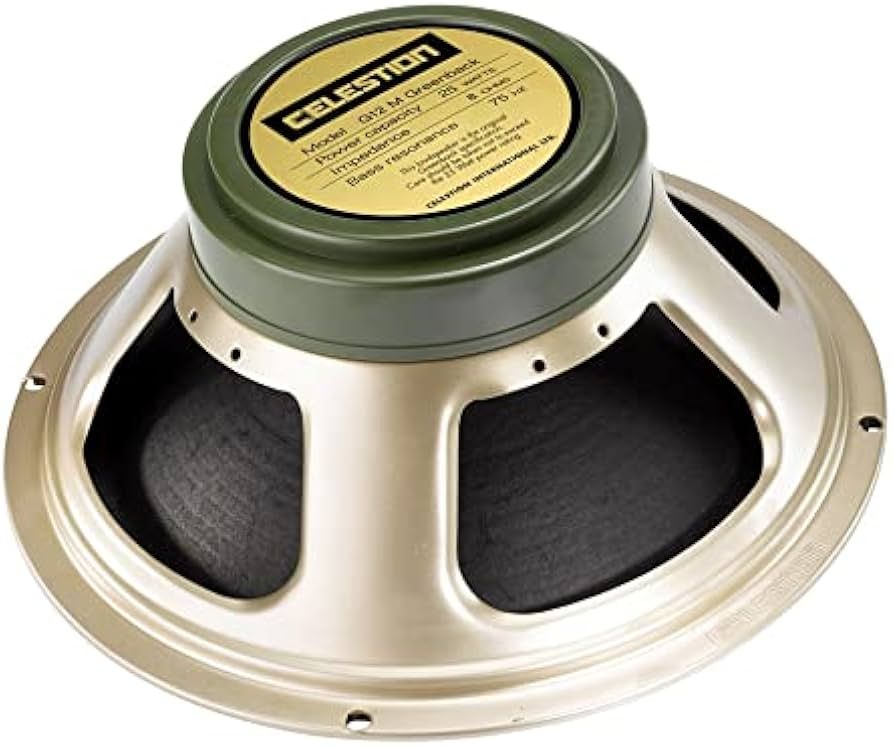
Use Frequency Charts (Optional, But Helpful)
If you want to take a more analytical approach, most speaker makers provide frequency response charts. These show where a speaker emphasizes or dips in tone. When comparing charts, be sure the dB scales are lined up correctly—they’re not always standardized across brands. Just remember, these charts are taken at 1 watt and don’t reflect the full harmonic character that comes alive at stage volume.
Don’t Be Afraid to Mix Brands
Mixing speakers from different lines—or even completely different companies—is totally fair game. Whether it’s Eminence and Celestion, WGS and Jensen, or any other combo, the key is still matching SPL levels and trusting your ears. While SPL specs may vary slightly between brands (due to different measuring methods), you can still use them as a rough guide.
Trust Your Ears
Tone is personal. What works for one player might not work for another—and that’s the beauty of it. We’ve heard amazing stories about wild speaker pairings that sound incredible together, even when they don’t make sense on paper.
So don’t be afraid to experiment. Start with what you love, listen carefully, and be open to the unexpected. Your best tone might be hiding in the mix.
For more information or suggestions on tone, please feel free to reach out to us at: Support@mlapedals.com
